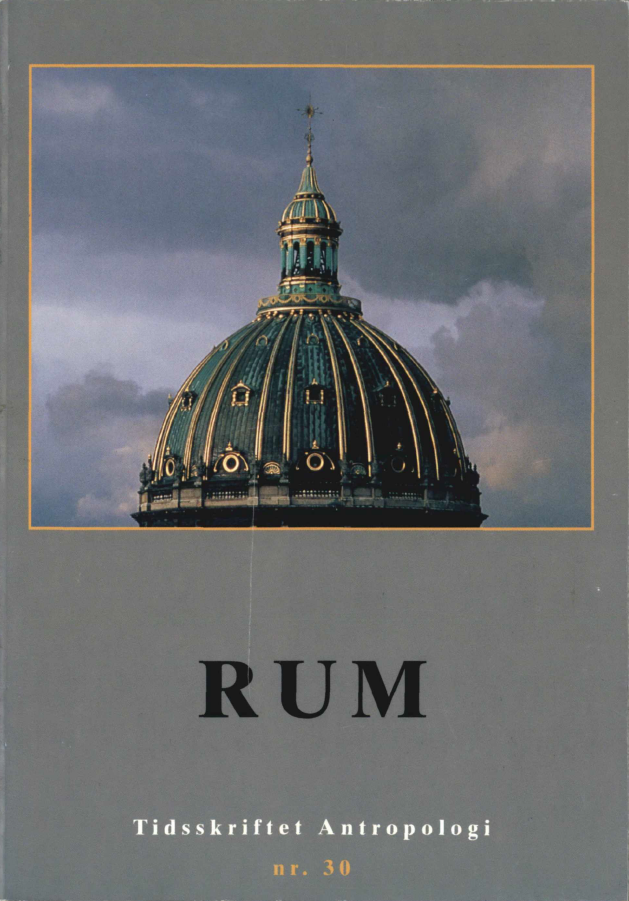Det tonale rum
DOI:
https://doi.org/10.7146/ta.v0i30.117756Resumé
The article adresses the question of ‘what is music?’ It is argued that a conceptualization of tonal space must take its starting point in the intersection of space and time: music is suspended in time, but time and therefore music can not be thought without space. In 20th century music a linear time is mainly found, in which the compositions are developed continuously from start to finish. But with composers such as Stravinsky, Varese, and Satie, time is dissociated and a non-linear time is crystallized in the compositions. In this way, a continuous development is no longer central to their compositions, but discontinuities, planes, fragments, and chord breakings, where time is slowed down or suddenly released. However, it is argued that this does not mean that the music becomes space or may be understood as space, but rather that the connection between the different fragments of a composition is not determined until it interacts with the listener’s concept of time in a space of mental experience. The space of music thus becomes a mental-tonal space.
Downloads
Publiceret
Citation/Eksport
Nummer
Sektion
Licens
Ophavsretten til artiklerne i Tidsskriftet Antropologi tilfalder forfatteren.
Artikler publiceret i Tidsskriftet Antropologi må citeres, downloades og videresendes for ikke-kommerciel brug, under forudsætning af normal akademisk reference til forfatter(e) samt tidsskrift, årgang, nummer og sider. Artiklerne må kun genudgives med eksplicit tilladelse fra forfatter(e) og tidsskriftet.


